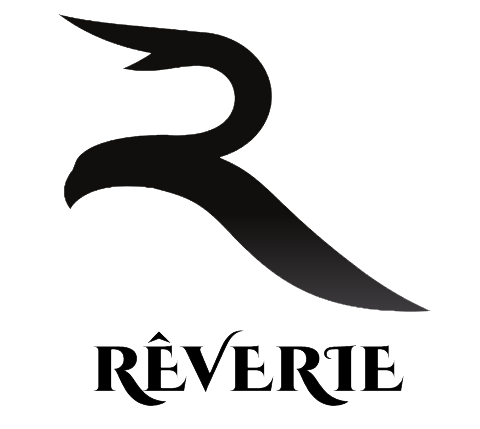The Journey of Google Search: From Keywords to AI-Powered Answers
Dating back to its 1998 launch, Google Search has morphed from a straightforward keyword matcher into a flexible, AI-driven answer technology. At first, Google’s leap forward was PageRank, which positioned pages in line with the level and number of inbound links. This reoriented the web out of keyword stuffing to content that earned trust and citations.
As the internet grew and mobile devices spread, search activity developed. Google debuted universal search to combine results (stories, imagery, videos) and later called attention to mobile-first indexing to demonstrate how people actually look through. Voice queries employing Google Now and after that Google Assistant pushed the system to translate dialogue-based, context-rich questions not succinct keyword series.
The upcoming step was machine learning. With RankBrain, Google commenced comprehending in the past unprecedented queries and user purpose. BERT furthered this by interpreting the detail of natural language—relational terms, scope, and links between words—so results more faithfully mirrored what people signified, not just what they submitted. MUM enlarged understanding throughout languages and modalities, letting the engine to integrate affiliated ideas and media types in more intricate ways.
At present, generative AI is revolutionizing the results page. Projects like AI Overviews compile information from diverse sources to deliver summarized, contextual answers, habitually together with citations and additional suggestions. This minimizes the need to go to assorted links to synthesize an understanding, while all the same steering users to richer resources when they elect to explore.
For users, this growth represents more prompt, more particular answers. For professionals and businesses, it rewards completeness, novelty, and clearness as opposed to shortcuts. In the future, project search to become growing multimodal—intuitively weaving together text, images, and video—and more bespoke, customizing to settings and tasks. The evolution from keywords to AI-powered answers is at bottom about redefining search from seeking pages to delivering results.
